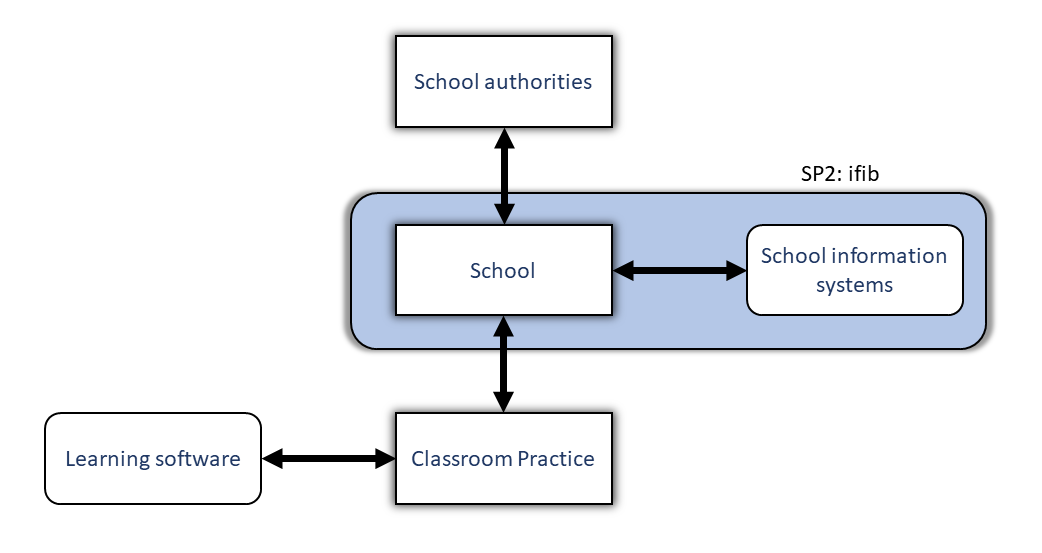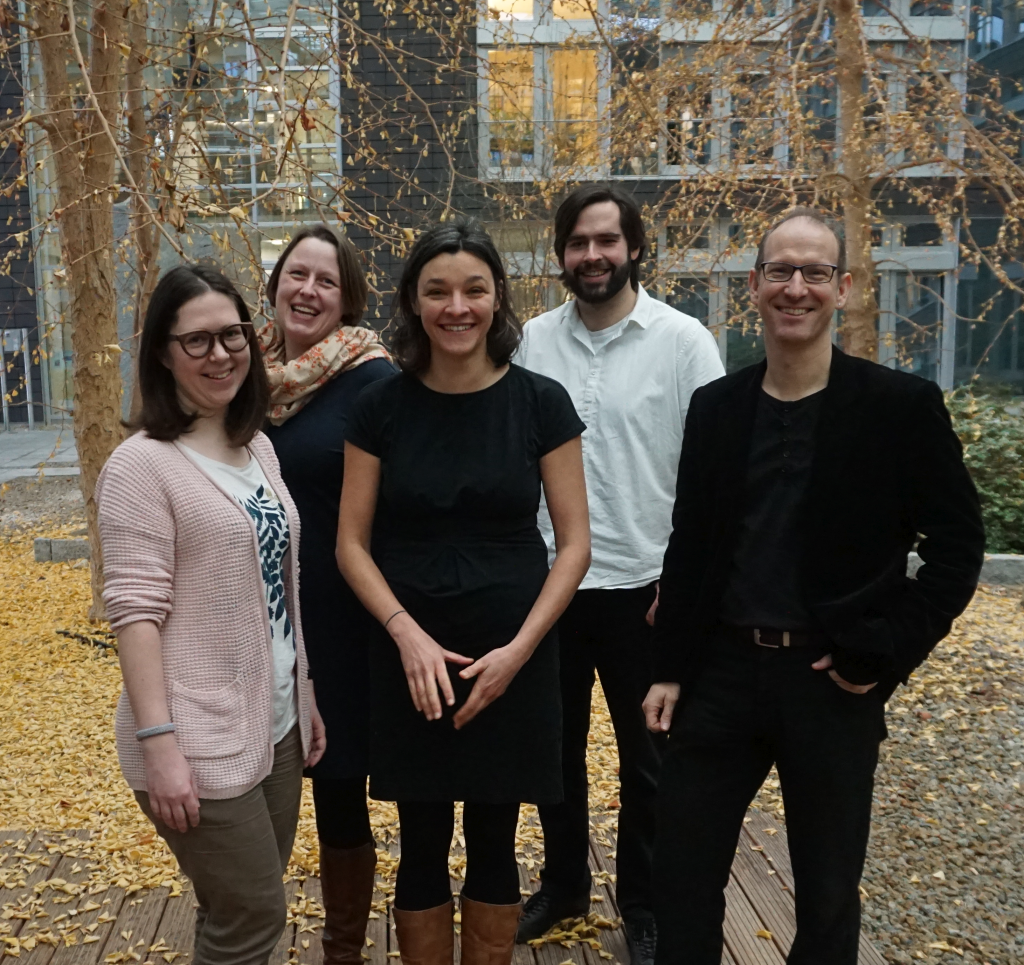The second subproject examined the information systems used by the school management. It was questioned how the organization of schools change through the use of data and algorithms and how software developers partake in this.
Data-based decision making has become an influential practice for the organisation of schools. Digital educational data is collected, processed and prepared for dissemination within school information systems. Increasingly, decisions are delegated to database-driven analysis software. This raises questions regarding the role of actors who possess the power to interpret algorithms and educational data. Yet data providers (software companies, government and non-government funded research institutions) are often behind the scenes. The outset of the SP was therefore the observation that the increasing digital data acquisition is fundamentally changing the management of schools, but that the critical examination of data infrastructures does not receive sufficient (scientific) attention.
Therefore, the SP examined the shifts in school management through the integration of data infrastructures and educational rankings. In a first step, the school information systems offered or developed in the respective federal states were reviewed, involved actors (e.g. software developers, software providers) systematically identified and a first documented analysis of the existing software specification was conducted. In the next step (step 2), the school information systems were examined in terms of a software analysis (software studies). This included the analysis of software specifications and documentation to understand the core functionalities. For this we used the explorative approach of reverse engineering. Given the findings the information about the implemented data model and the software architecture were deduced. Building on this (step 3), interviews were conducted with programmers and system designers. These served to identify motivations behind the specifications of algorithms in order to reconstruct the purpose and underlying assumptions. The set of questions for steps 2 and 3 contains: What are the software vendors’ goals in terms of (their own) data practices? Which (data) problem should the software product solve? What is the educational understanding of the software vendors? How do they characterise central relations, roles and tasks of teachers, school principals, pupils, school supervisors and other users? How do they characterise a “good product”, a “good user”, a “good teaching” and a “good school”? What values and priorities are embedded in the software? Afterwards (step 4) we conducted interviews with users of school information systems in the eight schools in order to determine how school information systems are used and what local solutions can be found.

(F.l.t.r) Irina Zakharova, Angelina Lange, Prof. Dr. Juliane Jarke, Tjark Raabe und Prof. Dr. Andreas Breiter
